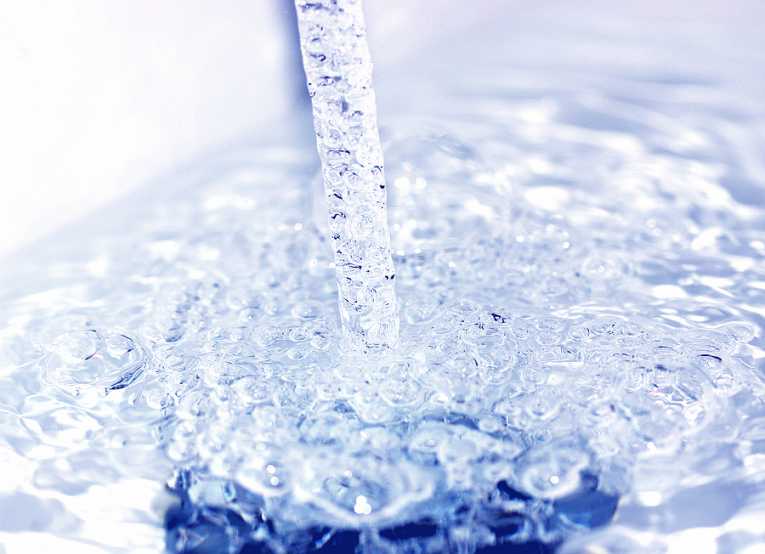The New York Times recently reported that water reuse projects are booming in Texas. The state is gripped by record drought, so water utilities are exploring ways to augment existing water supplies. Water reuse is one method. Water reuse isn't a new idea.
Treated wastewater has been used for irrigation and industrial purposes in the past. Which makes sense. It would seem senseless to spend the time and money treating water to drinking standards only to use it to water the lawn or irrigate crops or cool power plants.
But what is new is using reclaimed wastewater for drinking purposes. There are two methods by which this is done: the first, called direct potable reuse, entails treating wastewater to drinking water quality and redistributing it directly into the drinking water distribution system; the second, called indirect potable reuse, is when wastewater is treated to drinking water standards but returned to some water source, such as groundwater, for eventual reuse.
Though the latter method is a bit more palatable, though less efficient, both methods are derisively known as toilet to tap; the stigma will be hard to beat.
To date, California has lead the way in water reuse. With a continually growing population and economy and, like Texas, struggling through a record drought, it has had no other choice, in terms of augmentation, since reuse is significantly less expensive than desalination. Also, reuse represents an opportunity for coastal areas to alleviate or prevent seawater intrusion into their already scarce groundwater supplies.
Such was the case when, in 2008, the Orange County Water District completed the Groundwater Replenishment System. The $480m project entailed the construction of a wastewater treatment facility that produces potable water that is injected into the local aquifer.
The project taps into wastewater that would have otherwise been lost downstream as a water source and helps to prevent seawater intrusion, a problem in the area, into the aquifer. There was still a bit of public gross out. To alleviate fears, engineers drank treated water directly from the plant. They lived.
San Diego has built a parallel system of purple pipes that distribute reclaimed or reused water which is used for irrigation purposes. It's a win-win: water managers at golf course get cheaper water and the city can alleviate the pressure on its potable water resources.
Texas, struggling with a growing population and drought, is catching on. Ft Worth is expanding its reuse capabilities and the Colorado Municipal Water District, which serves the West Texas towns of Odessa, Big Spring, and Snyder, is in the process of building the first of three reclaimed water treatment plants. The $12m plant is to be located in Big Spring and is expected to be operational in 2012. If all three facilities came on-line, they would produce 20% of the total water currently used in the district. This would be a big savings for the district.
As thirst grows in the West, expect to see more reuse projects, particularly in inland areas. In California, things may get a little more complicated, as the costs of desalination fall to reuse levels. A recent report suggests desalination may become cost competitive with reuse within the next three years.
Top Image Credit: © ET - Jess










